Affiliate links on Android Authority may earn us a commission. Learn more.
9 greatest breakthroughs in cell phones
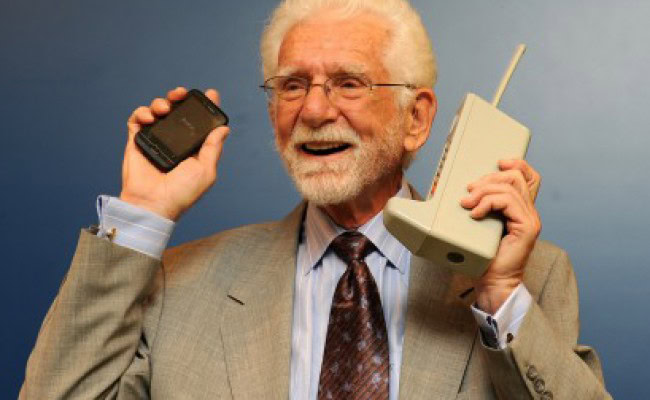
It has been 40 years since the first cell phone call was placed in New York in 1973. It was made by Motorola’s Martin Cooper. In a move that has been echoed by the fierce rivalry in the mobile market ever since, he used the Motorola DynaTAC to call his biggest rival, Joel Engel, who was head of Bell Laboratories at AT&T. It was a full decade after that first call before cell phones went on sale to the general public in 1984.
The Dynamic Adaptive Total Area Coverage, or DynaTAC for short, cost just under $4,000 and it was 10 inches tall, weighed 790g, and was capable of 30 minutes talk time. We’ve come a long way since then. The latest ITU research suggests that there will be 6.8 billion cell phone subscriptions by the end of the year and there are only 7.1 billion people on the planet.

What drove the enormous success of the cell phone? Let’s take a look at the greatest breakthroughs in cell phone history and chart the rise of our cellular companions.
1. Mobile network in 1979
The first mobile networks, 1G, were based on analog technology and they really paved the way for widespread cell phone use. Japan’s NTT launched the first commercially automated cellular network in Tokyo in 1979 and by 1984 it covered the whole country. Many more followed throughout the 80’s, including Ameritech’s U.S. network.
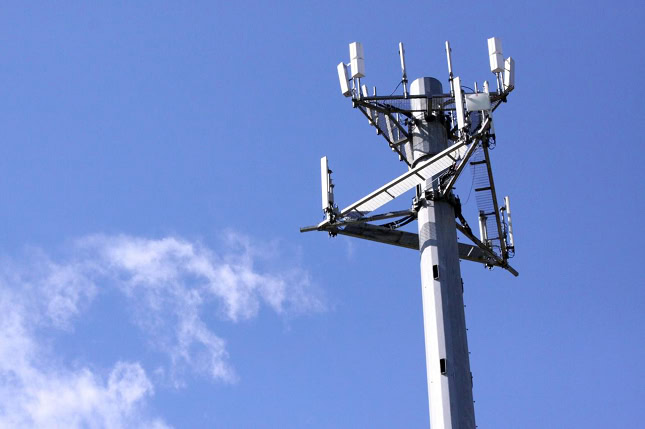
It wasn’t until 1991 that 2G networks began to roll out, starting in Finland. 2G allowed call encryption, greater capacity to handle more cell phones, and data services like SMS. 3G followed in 2001 and quickly surpassed the previous generation allowing for much greater speeds. We are now in the midst of the 4G roll out and you can read about the leading standard in our guide to LTE.
2. Text messaging in 1993
The development of SMS (Short Message Service), which was to become known as texting, grew out of the work of many engineers. Matti Makkonen may have had the idea, but Friedhelm Hillebrand is credited with working out that 160 characters is the ideal length to convey any message. The first text message said “Merry Christmas” and was sent from a PC to a cell phone on the Vodafone network in the UK in 1992. The following year Nokia introduced the first cell phone to be capable of sending and receiving text messages.

When first launched you could only send SMS to people on the same network. Texting took a while to really take off and it was definitely boosted by the development of T-9 (Text on 9 keys) in 1995. This predictive text technology dramatically sped up the process of typing a text message. Full physical QWERTY keyboards, and later touchscreen keyboards, would take texting to new heights. Today over 200,000 text messages are sent every second and texting accounts for 1 minute in every 7 spent on a mobile phone.
3. Touchscreen in 1993
The brilliantly named IBM Simon could lay claim to being the first smartphone, though the term had not yet been coined. It combined the cell phone with the PDA and it was the first phone to feature a touchscreen. Early touchscreen technology was pretty poor and there was a reason most touchscreen devices shipped with a stylus.
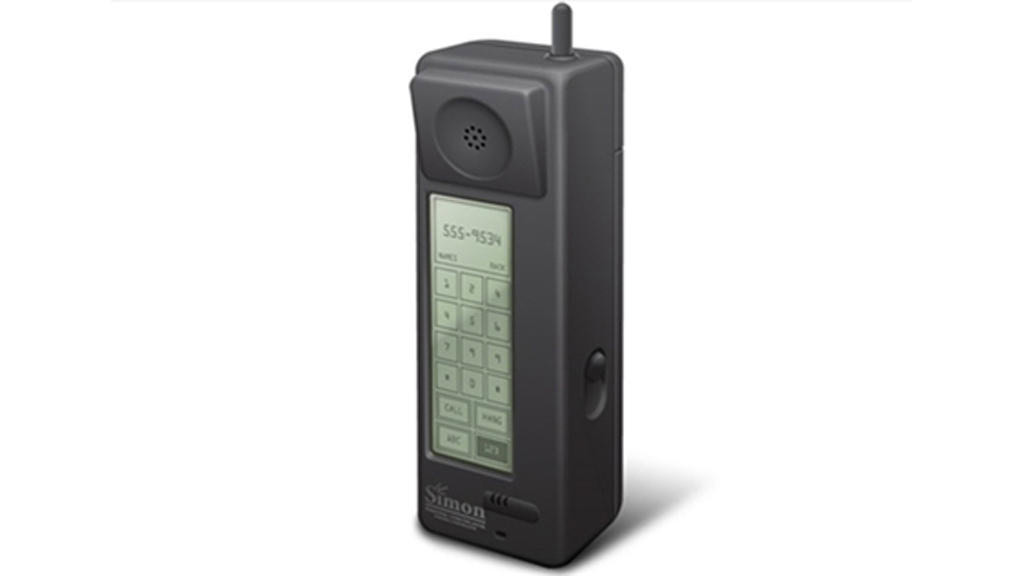
Over the years there were a few touchscreen phones from Motorola, Sony Ericsson, HTC, LG, and others, but it was Apple’s iPhone in 2007 that really cemented the move towards touchscreens as a standard. As the technology has improved and come down in price it has become ubiquitous.
4. Internet access in 1996
The Nokia 9000 Communicator was the first cell phone to offer proper Internet access, but it was really expensive and carriers were not set up to deliver Internet services. The Wireless Application Protocol (WAP) project started the following year, and worked successfully toward a standardized protocol for wireless technologies. Anyone who remembers WAP browsers will be familiar with how slow and irritating they were to use.
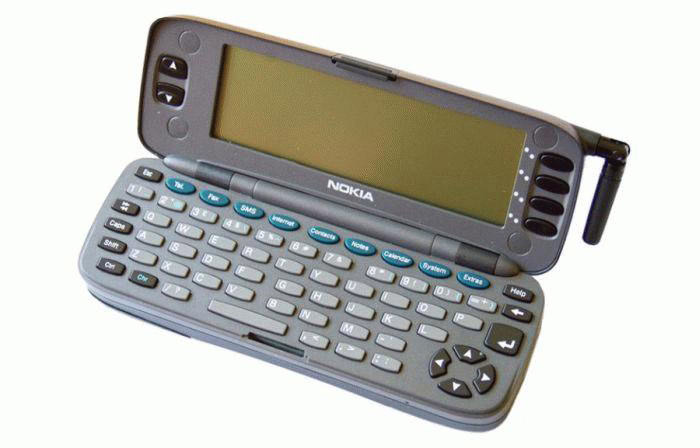
The quality of mobile browsers has improved pretty quickly and, as mobile traffic has grown, more and more websites have optimized to cater for it. According to Walker Sands research 29% of all web traffic came from mobile devices in the second quarter of 2013 and that’s growing fast because Adobe Digital Index put it at 15% back in March (8% for tablets and 7% for smartphones). The latest smartphones are perfectly capable of rendering full version websites, but a greater understanding of how people surf the web on cell phones has sparked some clever design. The experience of surfing the web on a cell phone is improving all the time.
5. Email in 1996
The same year as the Nokia 9000, the RIM 900 Inter@ctive Pager also offered email functionality. Email was to be a major part of RIM’s success with the BlackBerry brand, especially when combined with that patented angled keyboard that inspired the name. The BlackBerry email service launched in 1999, enabling the first wireless device to sync with corporate email systems, though voice calls on a BlackBerry weren’t possible until 2002.
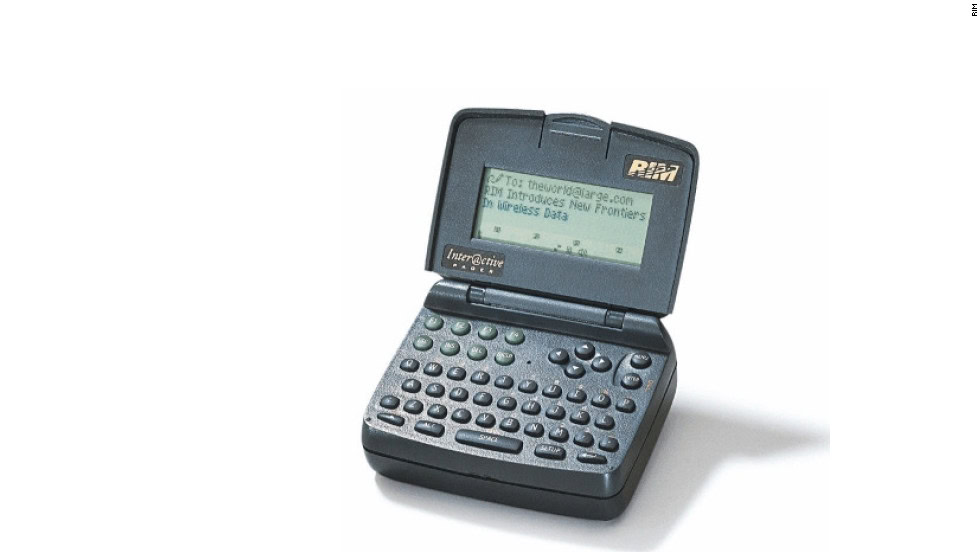
Nowadays the vast majority of people check email on their cell phones. For many smartphone owners the first thing they do each morning is reach for that phone to check the latest emails. According to O2 research the average person spends 9 minutes per day on email on their cell phone.
6. GPS in 1999
The Benefon Esc! was the first commercially available cell phone to boast GPS functionality. It was designed for outdoors types. It was splash-proof, and allowed users to load maps onto it, navigate and send their co-ordinates via SMS with an emergency key. It took a while before GPS became a standard inclusion in your average cell phone.
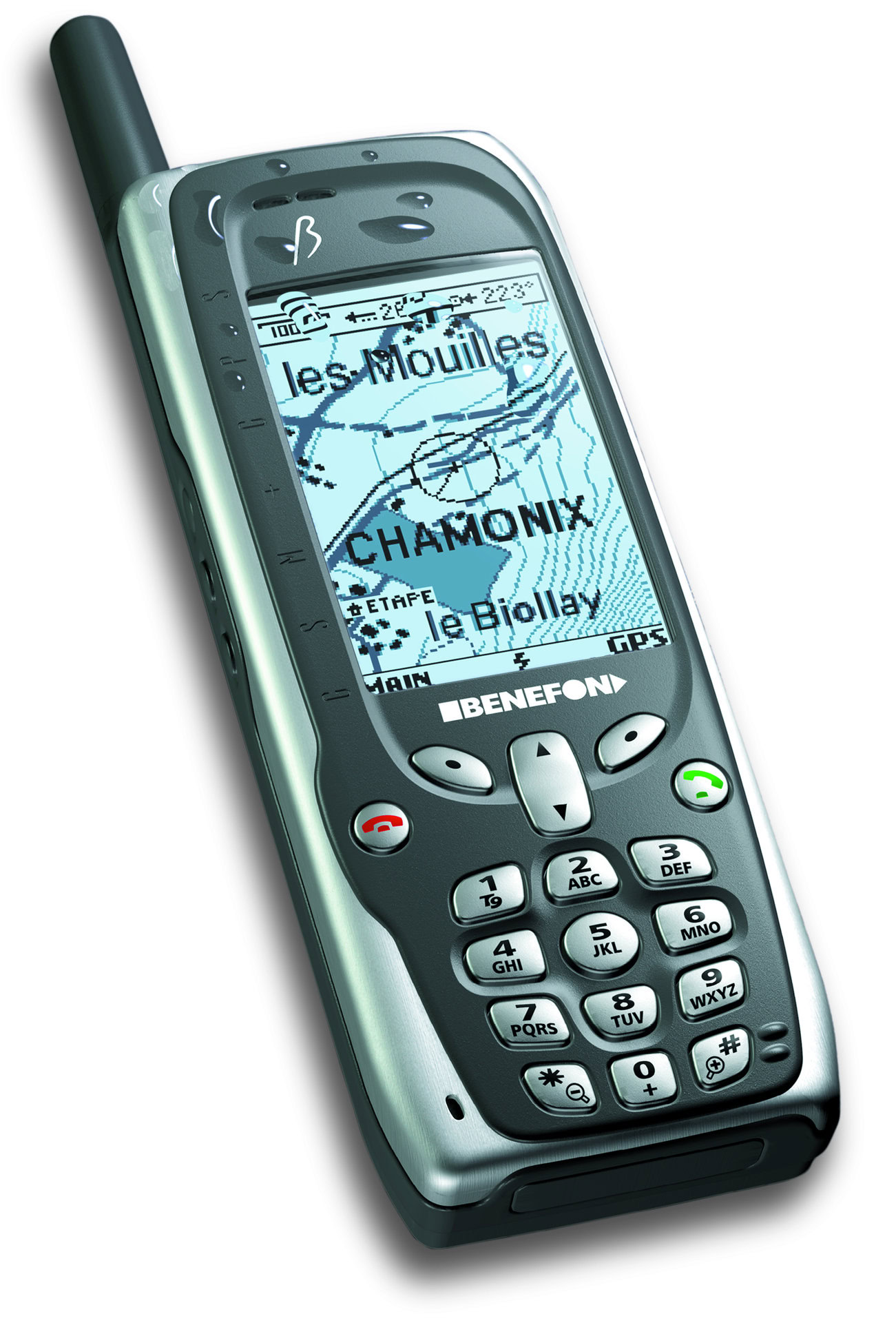
GPS could take a long time to establish a fix, especially when people were inside, so Assisted GPS (A-GPS) was developed. It combined GPS with the cellular signal to pinpoint locations. The improvement was partly driven by the Federal Communications Commission pushing for a way to accurately locate people making 911 calls, as the percentage of 911 calls coming from cell phones rather than landlines has soared in recent years.
It was the app revolution that really allowed smartphones to take advantage of GPS functionality. Large screens and navigation software have transformed cell phones into realistic alternatives for standalone GPS units and Google led the charge towards making navigation free in 2005 with Google Maps. All the major platforms now offer some kind of navigation and mapping service for free as standard.
7. MP3 player in 2000
The Samsung SPH-M100, also known as the UpRoar, was the first cell phone to play MP3s. It took a while for cell phones to rival standalone PMPs (Portable Media Players). Sony’s Walkman phones were pretty popular, and this general trend definitely contributed to Apple’s push towards the iPhone. Consumers seized on the idea immediately and the ability to play various music formats (not just MP3s) soon became standard.
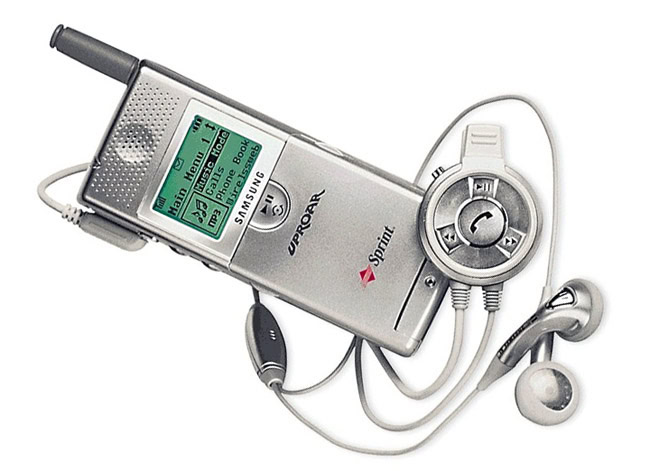
Smartphones are killing the PMP market. Not only can they match them for functionality, but the addition of apps and services like Spotify, and access to Internet radio, combined with the fact they’re always in your pocket, makes them much more attractive. Sales of iPods and other MP3 players are falling fast as a consequence.
8. Camera in 2000
The first real cell phone with a camera was the Sharp J-SH04, which boasted a 0.11MP sensor. It was only released in Japan, but camera phones came to the U.S. in 2002 with the Sanyo SCP-5300. The megapixel war has raged over the last few years as cell phone cameras have grown better and better. Vast improvements have led to the cameras in cell phones rivaling decent compacts today; as you can see in our Sony Xperia Z1 review (it has a 20.7MP camera).
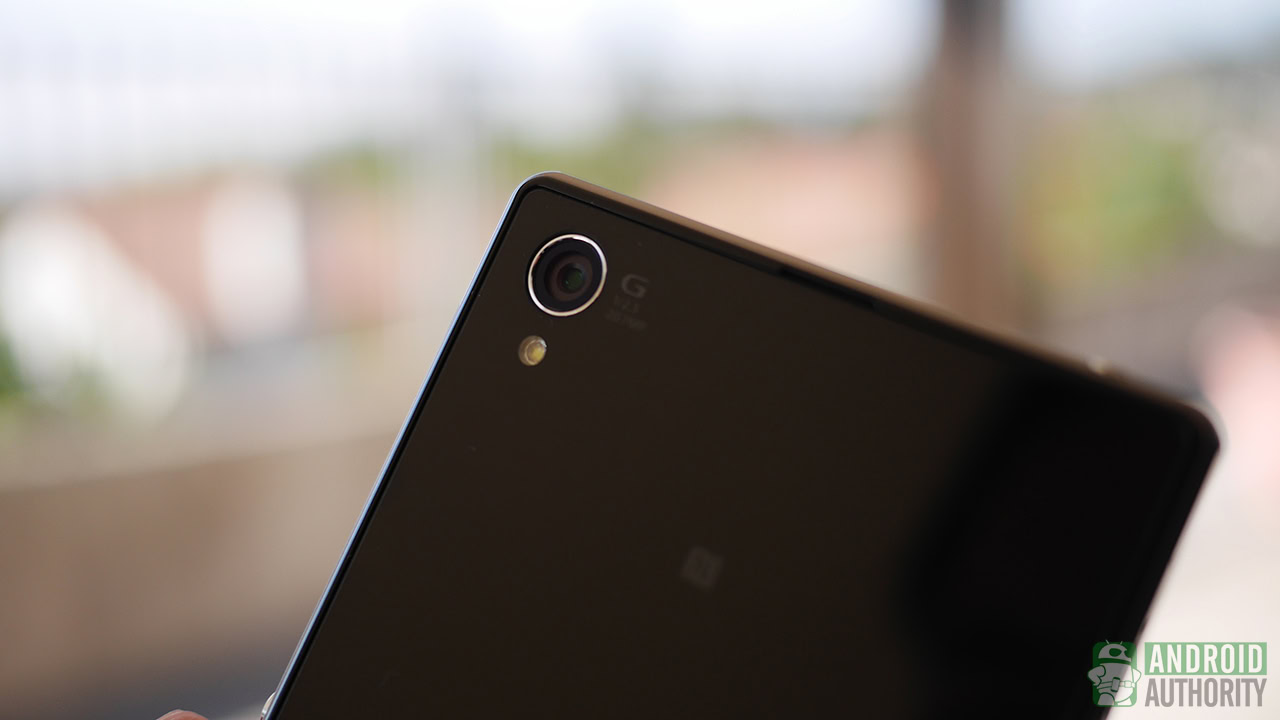
In 2012, 83% of all cell phones in use had a built-in camera. More people use smartphones to capture photos now than use dedicated cameras, but that’s also because we have our phones on us at all times. Cell phones combine simplified convenience with the ability to share instantly, and camera technology is a major point of competition in the market.
9. Voice control in 2009
Voice dialing has been around for years, but it wasn’t widely used outside of hands-free situations like driving. Thanks to drastic improvements in software and voice recognition, the ability to control your phone with your voice has really bloomed. Voice controls and actions, beyond dialing, started to roll out in Android from 2009. A number of apps for dictation popped up on all the major platforms, and this seemed to spark more and more options.
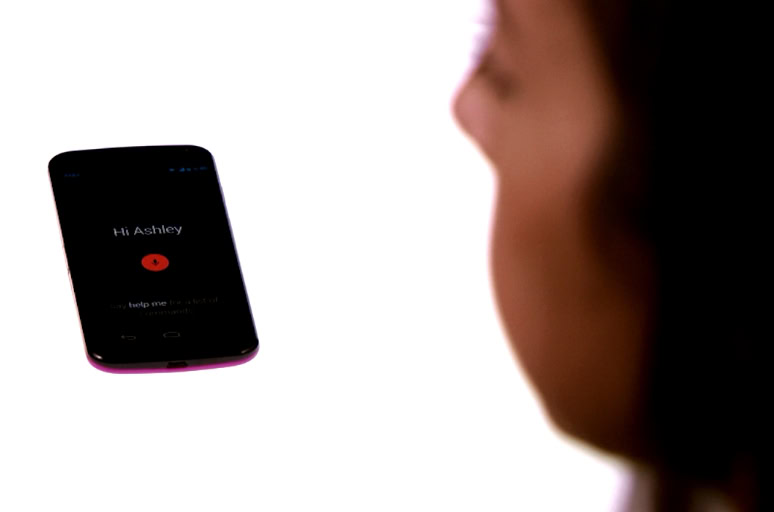
Apple introduced Siri in 2011, but the intelligent personal assistant Google Now took things to a whole new level in 2012. You can talk to the Moto X without even touching it first. Voice control is improving fast, our cell phones can understand us and talk back, the possibilities are exciting.
What’s next?
Much of the history of the cell phone has been about finding ways to do the same things better, but as you can see there have been plenty of influential breakthroughs and there will be more. Flexible displays are on the horizon now. At first we can expect greater durability and the option for manufacturers to consider new form factors, but if they can find a way of making the rest of the components in your smartphone flexible, we may see a real break from current designs. A portable smartphone that folds out to become a 10-inch tablet would make it onto a lot of wish lists.
We’re also seeing the beginnings of the wearable technology market. Initially smart watches and glasses are going to interact with our existing smartphones, but the right wearable tech device could supplant them altogether. Will we still be using smartphones in another ten years, and, if so, what will they be capable of by then?
[poll id=”398″]